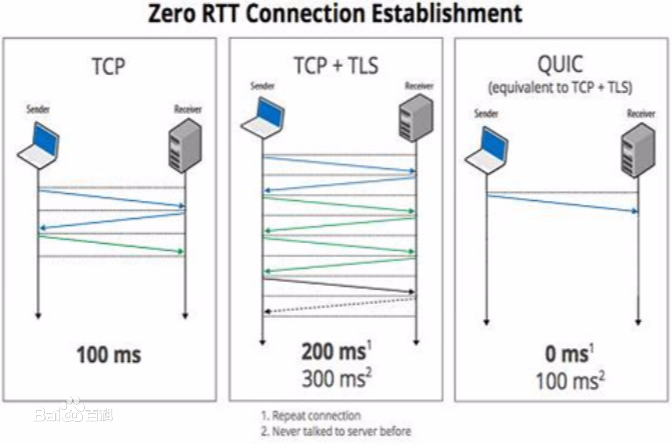There has been growing interest in using QUIC as a transport protocol for the Internet of Things (IoT). QUIC provides several key advantages over TCP and TLS. Since IoT greatly differs from traditional networks in terms of architecture and resources, IoT specific parameter tuning has proven to be of significance. While RFC 9006 offers a guideline for tuning TCP within IoT, we have not found an equivalent for QUIC. This paper is the first of our knowledge to contribute empirically based insights towards tuning QUIC for IoT. To achieve this, we improved our pure HTTP/3 publish-subscribe architecture and rigorously benchmarked it against an alternative: MQTT-over-QUIC. To investigate the impact of transport layer parameters, we ran both applications on Raspberry Pi Zero hardware and collected 8 distinct metrics, while emulating different network conditions and message payloads. We enumerate the points we experimentally identified (notably, relating to authentication, MAX STREAM messages, and timers) and elaborate on how they can be tuned to improve resource consumption and performance. We also found that our application was preferable for reliable time-sensitive dissemination of information.
翻译:暂无翻译




